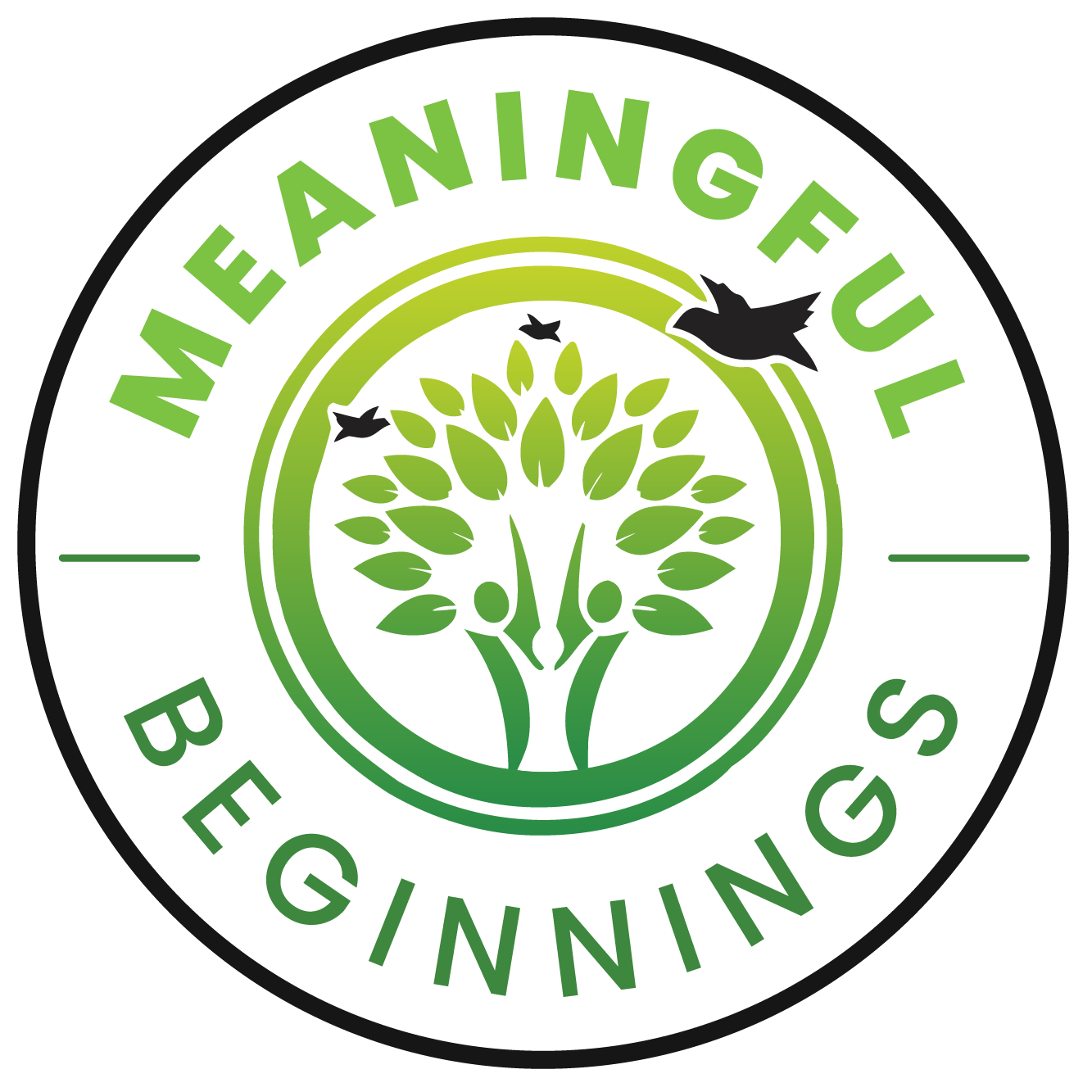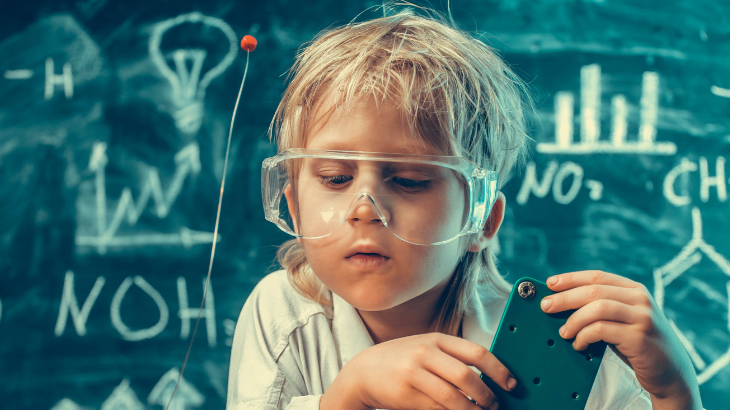Bilingualism in early stages – here is how you can build up the individual ability to learn and the capability to speak more than a single language. If your children are in the right stage of learning new languages besides native languages, let’s see how we have grouped children into five stages. Also, we have focused on the potentiality of learning bilingual languages step by step while growing up and nurturing from learning to developmental states. Moreover, we have outlined the challenges of learning bilingualism and the cause of children’s reluctance to pause the learning of bilingualism.
Best Time to Start for 2nd Languages
We have grouped the children in five steps, which helps to guide you on our best time to start learning a secondary language besides using your native language:
1. Early Childhood (0–6 years):
Bilingualism is best suited for babies, and from four to five months, babies start responding to sounds. By two years, children start to work out languages according to circumstances and responses.
For parents who want to raise their baby in bilingual languages, this is the best stage to start the process. Also, parents should approach active partnerships and be attentive to creating emotional opportunities for newborn babies learning bilingual language.
Again, for children ages 0-3, the brains of the kids are best for learning a second language as the learning capability in this stage is in the flexible stage. Bilingualism exposes the kids to excel in identifying and switching to different languages.
Up to six years, the baby approaches an active partnership with parents and attention to emotional attachment.
2. Critical Period Hypothesis (Before Puberty):
A research study focused on starting bilingualism, and the best age to start learning a second language is after six years and before puberty. Also, the linguistic theory of hypothesis suggests that learning a language is best suited to start before puberty.
The adaptability of the brain is when a person opts to learn new abilities throughout the critical period – like synapses or brain connections, which are rapidly receptive to information. The crucial stage before puberty is personal development, when the kid’s nervous system is primed and sensitive to environmental stimulation, according to developmental psychology.
The key difference is that before the puberty session, the sensitive phase is thought to be put up with longer than puberty, but there are no hard bounds. So, this stage is the better option for learning bilingual languages, considering the possibility before puberty.
3. Simultaneous Bilingualism (Birth to 3 Years):
When a child learns two or more languages for up to 3 years, it refers to simultaneous bilingualism, which means learning two or more languages from childhood. Also, children up to 3 years old are regularly addressed in two spoken languages and continuously trained for future language development.
4. Sequential Bilingualism (After 3 Years):
Children who learn a second language after mastering their first language, usually after 3 years, would be considered Sequential Bilingualism.
At this stage, practical learning of bilingualism is required for voluntary learning after the domination of the first language and choosing other linguistic abilities. Sequential bilinguals are effectively exposed to continue the stages of learning a new language and move to stages that range from six months to two years.
Again, bilinguals are children who are forced to learn a second language for social, geographical, or political reasons. The interaction of exposure to sequential Bilingualism was found to be receptive to different words or vocabulary equally in both groups of languages.
5. Adolescence and Beyond
During this time, during the adolescent period – learning two or more languages was designed to create opportunities. Most prominently, bilingual opportunities also shaped life-changing experiences of schooling and the powerful tools to play in society in object to legitimize the language for children’s speaking.
Apart from learning a second language, it directly interacts with adults and peers within the nearby systems of children at home and school. An enhancement period of learning the bilingual language.
What are the Challenges of Bilingualism?

1. Language Mixing (Code-Switching)
Code-switching is a common part of bilingualism — it occurs while children are talking with others using mixed words. This is a significant part of language acquisition. The biggest challenge of bilingual language is that children use mixed language with mixed words in the same sentences while talking with their parents.
Another problem using bilingual language – when 1-year-old babies are unable to understand mixed or monolingual language, use another language to replace missed words
2. Unequal Proficiency in Both Languages
If a person is unable to navigate two languages equally, they are considered an unbalanced bilingual. Unequal proficiency identifies factors like unequal proficient performers who are stronger in their native language. Research focuses that bilinguals may have verbal disadvantages compared to monolinguals – including smaller vocabularies in each language and becoming slow to respond.
3. Resistance to Learning One Language
Children resist learning language for psychological, attitudinal, social, historical, and geographical reasons. It is quite difficult to motivate, and it’s complex, and learners can be experts in both engagement and resistance. Bilingualism has different types of words and sentences, and children have difficulty talking in two languages. Therefore, children become Resistant to learning one language.
4. Limited Access to Native Speakers
Native speakers’ access to limited bilingualism in such a language process –which grows up in a second language and learners may impede their native languages. This is leading to a reduced native language with new vocabulary diversity, lower meaning of diversity, and a loosened tendency to resolve the native languages.
5. Negative Perceptions or Peer Pressure
A group of children express their thoughts and experiences on learning bilingual languages. The report illustrates the children’s sensitivity towards the complexities of their bilingual realities at home and school. How are they able to navigate themselves through these complexities of learning bilingual realities? Peer pressure on bilingual languages is to reject using new languages, anxiety, and create negative attitudes toward learning a second language.
6. Time and Effort Required
Children need to learn 2nd languages as quickly as native languages due to the unavailability of opportunities in their surroundings.
7. Concerns About Delayed Speech Development
Children mainly learn native languages from their surroundings—native languages are easy to learn from parents, peers, and at school. However, some children learn very slowly compared to the people around them. Therefore, these children are delayed in learning a second language.
8. Maintaining Both Languages Over Time
Learning two languages in parallel means not continuing to keep pace with the mother language.
Conclusion
Children are born to learn from their surroundings, especially from their parents, and they have vast opportunities to reach every stage of life with potential. The research focuses on the early stages of the powerful tools to boost children from begging to legends. Parents are a significant part of creating a good atmosphere in which to raise the children as planned.
Despite having lots of challenges, bilingualism is now the source of development in study, career, and profession. Technology plays a major role in teaching bilingual languages without going anywhere. This is now available everywhere, and there is only a need for a plan to learn different languages besides your native language.








